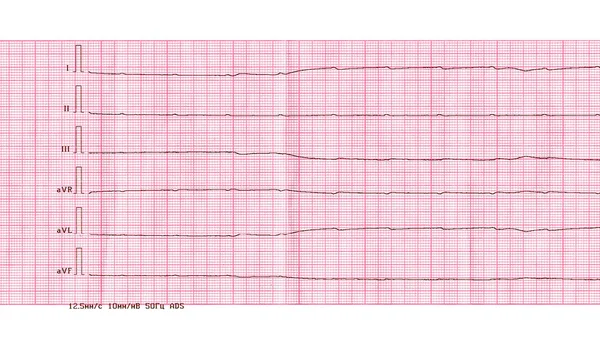
Updated on: June 2, 2024
Heart rhythms are crucial components of the human heart. Among these rhythms, there are two specific types:’shockable’ ‘ventricular fibrillation (VF) and pulseless ventricular tachycardia (VT). These are abnormal heart rhythms that can be life-threatening when not addressed well. When a heart enters these rhythms, it may need an electrical ‘jolt’ or shock to help restore its normal rhythm. The process is defibrillation, and these shockable rhythms are often the underlying causes of cardiac arrests. Let us delve deeper into what characterizes these shockable rhythms.
Defibrillators are life-saving devices that deliver an electric shock to the heart, helping restore a normal rhythm during a cardiac arrest. Here are the primary types of defibrillators:
Defibrillation is a medicine administered by shocking the heart with electricity to stop an arrhythmic rhythm. The main goal is to enable the heart to return to a normal, life-saving rhythm. The heart with a normal rhythm functions when heart muscles contract and propel blood to the heart, and this process is not so fast that it causes a drop in blood pressure.
The cardiac conduction system cells, whose performance spreads the impulse of electricity, transmit the signal throughout the heart muscles, from the upper atria to the lower ventricles. The signal is conducted at specific speeds and controls the different parts of the heartbeat in tandem with pumping blood.
The above image represents that the electrical signal originates in the right atrium, and the path moves through the ventricles:
A cardiac condition can lead to heart failure, genetic conditions, trauma, and other serious conditions. This can lead to the following problems, such as:
The first external defibrillators were monophasic, passing one wave of current through the heart from right to left. Biphasic defibrillators use a lower dose of energy, and the chick has two waves of energy, one from right to left, and vice versa, further boosting the shock efficiency.
Usually, biphasic toenail clippers are more effective and less prone to being accountable for patients’ burns with them. Moreover, direct current is more economical in terms of battery capacity for portable units as it takes up less power to deliver, therefore providing for a longer resuscitation period on a single unit. Every automatic defibrillation on markets now is biphasic or multiphasic, but there will always be exceptions.
Ventricular arrhythmias are abnormal heart rhythms where the blood does not pump through the heart to the body. The rhythms can cause death if not treated well.
As much as the QRS complexes will be wide and rapid when the heart is being presented with ventricular tachycardia (VT), Monomorphic VT implies that the periods of the electrical impulse are produced from a single resonating area; hence, all QRS waves are identically even.
Patients can either be stable or unstable while in monomorphic VT, although the condition usually deteriorates. Always check for a pulse and treat the patient accordingly. If unstable, you must follow the ACLS algorithm.
It may seem unusual to you that the VT waves in polymorphic form are not the same across their intervals. Besides, this issue brings with it the atrial breaking out of a lot of constructed areas. Certain QRS complexes might result in narrowing, elongation, or widening. Polymorphic VT may also occur due to a condition with this pattern; it can also be termed Torsades de Pointes; sometimes we say ‘Torsade’s’. However, Torsade’s Although Torsade’s can be difficult, defibrillation is always used as the primary strategy if the patient is in an unstable condition.
In the event that the patient picks up a dangerous rhythm from the radio frequency, that rhythm can be fatal to the patient at any time. The best practice would be to remove the set of new defibrillation patches and defibrillators being worn by the patient and put them there at the bedside or immediately available.
Meanwhile, the patient should be transported to an intensive care or emergency environment so that the following can be continuously monitored and stabilized:
Be ready for the fact that the patient will be asked to give blood and have a chest X-ray. Intubate the patient and watch the date of tracheostomy, ventilator settings and their patterns, and oxygenation. If these individuals were to have medications to aid their low blood pressure and prevent possible future arrhythmias, you must administer them appropriately.
Now that you know what a shockable rhythm is, you must understand that rapid defibrillation makes the difference for patients in VT or VF. Your fast thinking and actions help repair neurological functioning and facilitate recovery. ACLS experts have the necessary skills and knowledge to save lives in clinical settings.